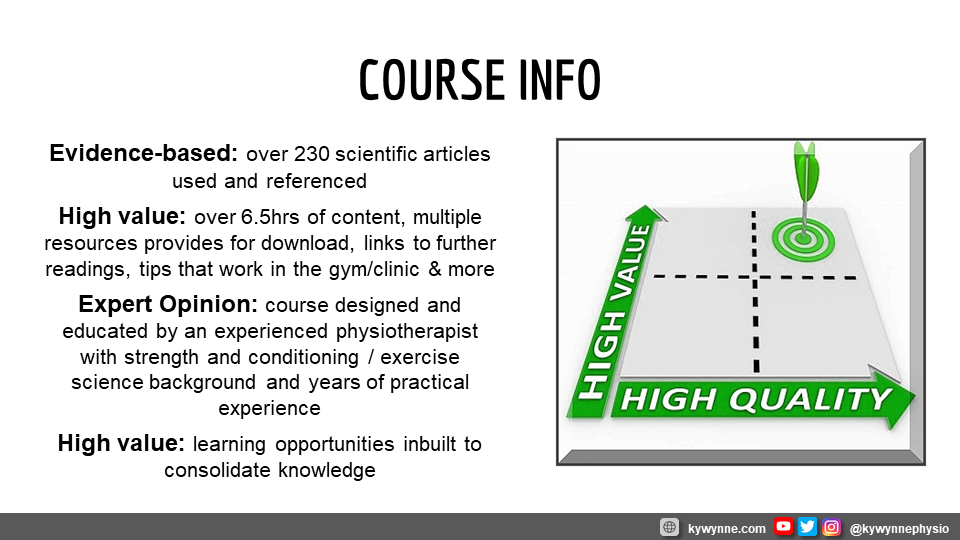5 Things You Should Consider When Writing a Resistance Training Program for Your Patients
- Ky Wynne
- Oct 14, 2024
- 2 min read
Prescribing an effective, evidence-based resistance training program is the cornerstone of many athletes and patients recovery from pain or injury. Additionally, when working with athletic populations, programming often transitions from a rehab focus into a "performance focus". Furthermore, many settings will see health professionals working with "otherwise healthy" individuals to improve their function and athletic performance specific to goals that aren't "rehab based".
Understanding how to prescribe these kinds of interventions effectively is vitally important, and I have detailed a few tips below that I find important to consider when conceptualizing this process.
Program with the goal in mind – start here and work backwards: Always begin by understanding your patient's specific goals—whether it’s rehabilitation, strength-building, or improving mobility. By knowing the desired outcome, you can create a more focused and effective program tailored to their needs. Spend time getting the goals initially, as this is what you can signpost and work backwards when programming. For example, I work with a lot of runners, and understanding their "goal event" (e.g. marathon in 5 months) significantly helps my planning and exercise prescription.
Program specific to the fitness characteristics you want to work on: Tailor the program to address key fitness aspects e.g. strength, power, or hypertrophy. Programming for different fitness characteristics should not look the same! The variables will differ.. for example, strength training may heavier loads and lower repetitions, while hypertrophy may require high volume or different types of training. Each goal requires a unique approach and should be programmed as such.
Consider periodisation: Well planned periodisation is essential for long-term progress, goal attainment and injury prevention. Varying intensity and volume in training phases allows patients to recover adequately while continuing to make gains, ensuring they don't plateau or get injured.
Different body tissues respond differently and need to be programmed differently: Different tissues need their own considerations, with tissues like muscle, tendon, and joint tissues all requiring different approaches. This is important when working with injured athletes (or return from injury), or when considering how to prevent injury or maximise specific tissues (e.g. in tendinopathy vs building bone for someone with osteopenis). Consider any injuries and the healing timeline of each tissue type when structuring the program.
Don’t stop learning and improving – it will help your patients: Resistance training principles can get specific and there's a lot to learn. You should consider your learning in the space as "ongoing", as the better you are able to upskill yourself, the more effective your programming will be.

Has this article sparked your interest? Ready to take your skills to the next level? Sign up for my "Mastering Resistance Training: Principles Into Practice" course. Designed specifically for students and new graduates from physiotherapy and allied health fields, this course bridges the gap between theory and practical application, ensuring you're fully equipped to create effective resistance training programs for your patients. See the course here and start your learning journey today!






댓글